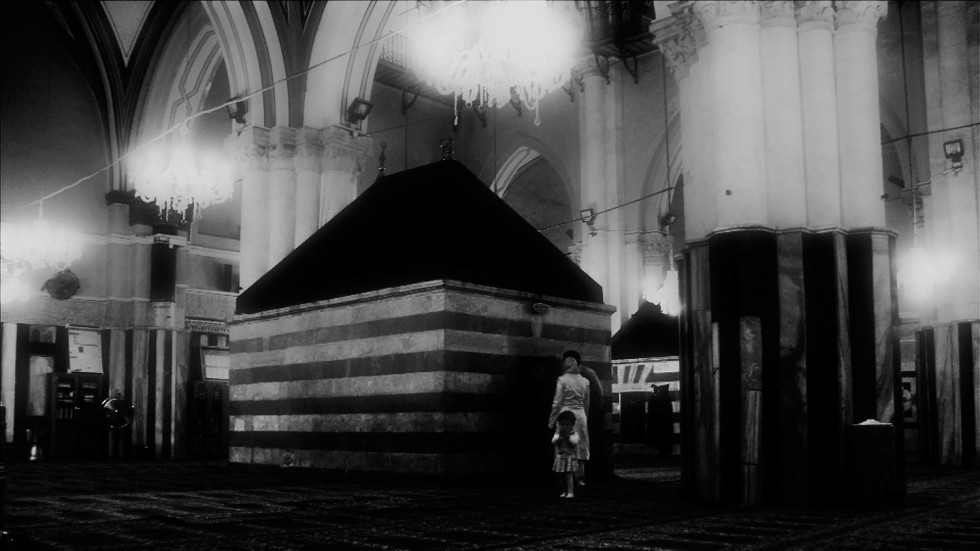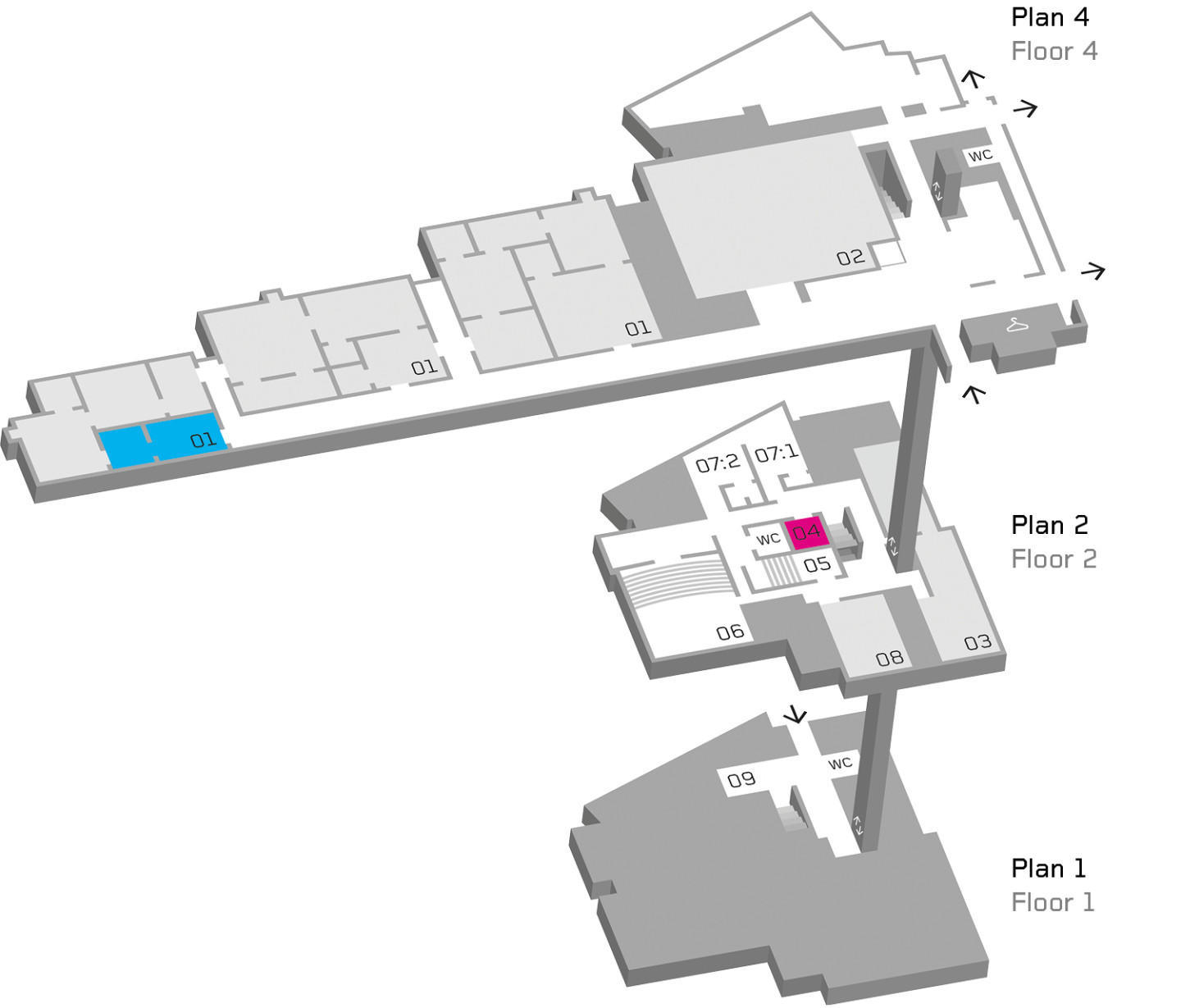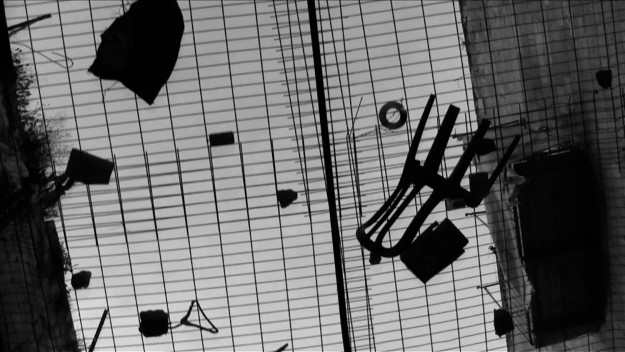The Hours that Hold the Form (A Couple of Days in Portbou) (2007)
The installation The Hours that Hold the Form (A Couple of Days in Portbou) (2007) is set in the German-Jewish hilosopher Walter Benjamin’s last stop on his flight from the Nazi regime in autumn 1940. He took his life in the town of Portbou, where the border crossing to Spain was closed on the day of his arrival, only to open the following day. The pictures document Selander’s own visit to the town, while the voiceover calmly and factually delivers excerpts from accounts of flight and vulnerability.
Spatially, temporally and medially fragmented, the installation as a whole is in itself a montage in the spirit of Benjamin. Since the film length differs from the soundtrack played by the reel-to-reel recorder, each looped screening is different – an instability that reveals the structure behind the narrative technique of film as a medium. The arbitrary way in which the story is woven beyond the control of the artist, or viewer, points to a vertiginous openness; every reading must be new, every experience different. A border could be closed the day you break down, only to open the next day.
The Offspring Resembles the Parent (2015)
The Offspring Resembles the Parent (2015) relates to the observation that memory is inextricably connected with economy – in the sense of a capital that we manage or hand down. The title is from Aristotle’s Politics, which argues that it is unnatural for money to earn interest, because, unlike animals and plants, money cannot breed: “Money exists not by nature but by law.”
In focus here, are images used to imbue life into dead capital, specifically emergency money printed in the 1920s. These banknotes, used during periods of economic depression or in informally-organised enclaves such as ghettos, concentration camps or colonies, are often visually dramatic and charged with the revanchist propaganda of the inter-war period. The softly-coloured colonial bills conjure up another era, one whose fatal imperial projects helped lay the foundations for our own welfare society. The work can be seen as a contemplation on fictive economies, dormant power, blind subordination and a hyperinflation of values – human and monetary.
Around the Cave of the Double Tombs (2010)
The film Around the Cave of the Double Tombs (2010) is based on material from the artist’s travels on the West Bank, mainly Hebron, a city racked by violent and seemingly insoluble conflict. Here lie the symbolically charged tombs said to have been prepared by Abraham for the Biblical patriarchs; Abraham, who also plays a part as one of the central prophets of Islam. Selander’s film notes in silence: a museum model of old Jerusalem’s city walls, the security check at the Ibrahimi mosque, dilapidated architecture and street art from one of the world’s most medially exposed places. The camera pans the bars across the alleys in the Palestinian souk, bars to protect from objects thrown in by fundamentalist Jewish settlers in the area. A grid over the light shaft, with the silhouettes of makeshift projectiles, separates two groups of people.
The film explores the power held by emblematic images of a place and a conflict. The images and text resemble the objects unearthed and jumbled together after an excavation, a scene where we can never quite work out the whole context but are left with mere scraps.





